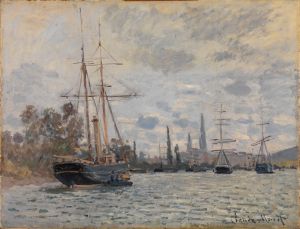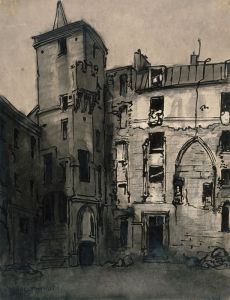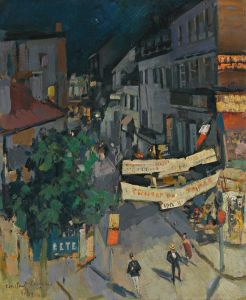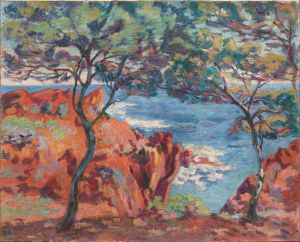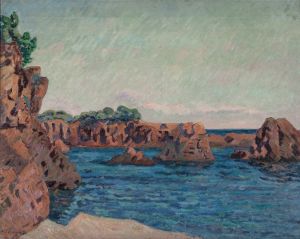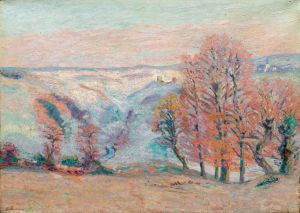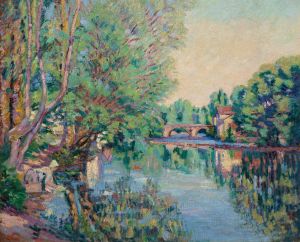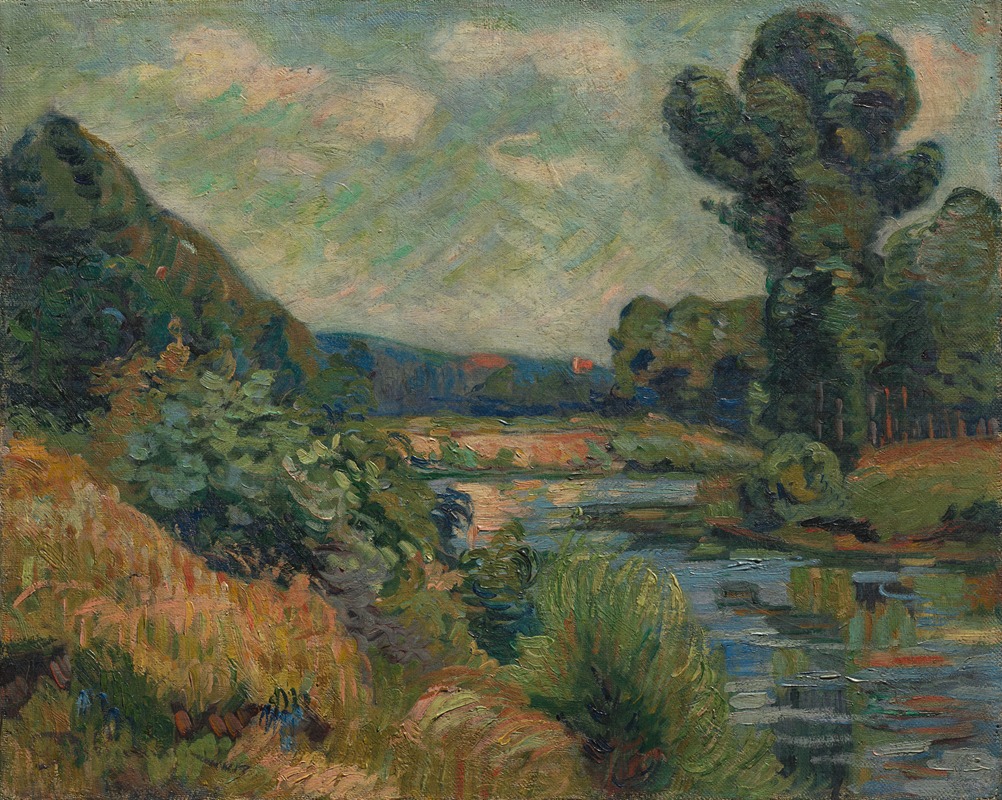
The Banks of the Marne at Charenton
A hand-painted replica of Armand Guillaumin’s masterpiece The Banks of the Marne at Charenton, meticulously crafted by professional artists to capture the true essence of the original. Each piece is created with museum-quality canvas and rare mineral pigments, carefully painted by experienced artists with delicate brushstrokes and rich, layered colors to perfectly recreate the texture of the original artwork. Unlike machine-printed reproductions, this hand-painted version brings the painting to life, infused with the artist’s emotions and skill in every stroke. Whether for personal collection or home decoration, it instantly elevates the artistic atmosphere of any space.
Armand Guillaumin's painting The Banks of the Marne at Charenton is a notable work by the French Impressionist artist, celebrated for his vibrant use of color and depictions of natural landscapes. Guillaumin (1841–1927) was a founding member of the Impressionist movement and participated in several of their exhibitions. His work is characterized by its bold palette and dynamic brushwork, which capture the changing effects of light and atmosphere.
This particular painting, as the title suggests, depicts the banks of the Marne River near Charenton, a commune located in the southeastern suburbs of Paris, France. The Marne River, a tributary of the Seine, was a frequent subject for artists of the Impressionist era, who were drawn to its tranquil scenery and the interplay of light on water. Guillaumin, like his contemporaries, often worked en plein air (outdoors), allowing him to directly observe and render the natural environment with immediacy and vibrancy.
The painting exemplifies Guillaumin's ability to convey the beauty of rural and semi-urban landscapes, a theme that recurs throughout his oeuvre. His use of bright, saturated colors and loose, expressive brushstrokes reflects the influence of Impressionism, while also hinting at the Post-Impressionist tendencies that would later emerge in his work. Guillaumin's approach to color and light set him apart from many of his peers, earning him recognition as one of the most coloristic painters of the movement.
While Guillaumin was not as commercially successful during his lifetime as some of his contemporaries, his work has since gained appreciation for its technical skill and emotive qualities. The Banks of the Marne at Charenton is one of many examples of his dedication to capturing the essence of the French landscape, particularly the areas surrounding Paris, which were undergoing significant changes during the late 19th century due to industrialization and urban expansion.
The exact date of the painting is not definitively documented, but it is consistent with Guillaumin's broader body of work from the late 19th to early 20th century. Today, his paintings are held in various public and private collections worldwide, and his contributions to Impressionism are recognized as an important part of the movement's legacy.
Further details about the specific provenance or current location of The Banks of the Marne at Charenton are not readily available. However, Guillaumin's works continue to be studied and appreciated for their vibrant depiction of nature and their role in the evolution of modern art.





